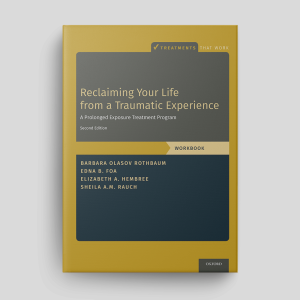Professional version
Offers theory, guidance, and prompts for mental health professionals. Downloads are in Fillable PDF format where appropriate.
Client version
Includes client-friendly guidance. Downloads are in Fillable PDF format where appropriate.
Editable version (PPT)
An editable Microsoft PowerPoint version of the resource.







![[Free Guide] Understanding Post-Traumatic Stress Disorder (PTSD)](https://assets-media.psychologytools.com/29108/conversions/*free_understanding-ptsd_en-gb_Guides_Cover-preview.png)